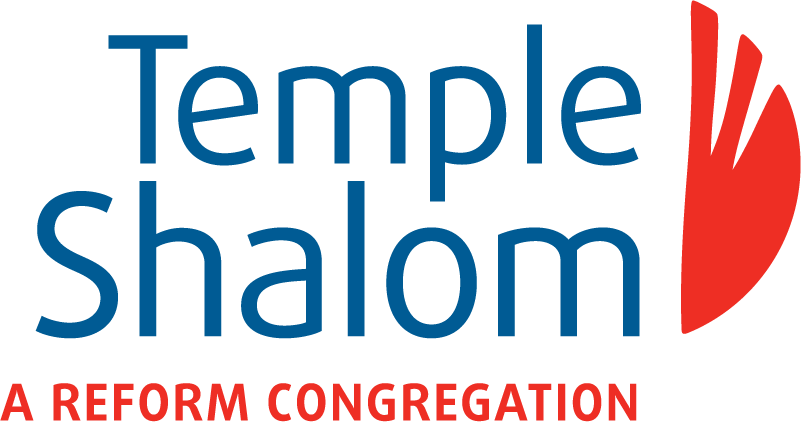Who’s Afraid of the Dark? Tzav, Leviticus 6:1−8:36
There’s a memorable moment in the Rugrats Hanukkah cartoon special: Tommy’s grandpa Boris and his enemy-turned-friend Shlomo are explaining Hanukkah to the young children when Boris realizes that none of them know what a menorah is. Shlomo explains, “It’s like the nightlight for the Jewish people.” When feeling afraid and vulnerable in the dark, nightlights in all their forms are an important source of comfort. Parashat Tzav speaks to the historic nature of light and fire as a source of solace. The section of Torah opens with a directive to the wandering Israelites: “This is the ritual of the burnt offering: The burnt offering itself shall remain where it is burned upon the altar all night until morning, while the fire on the altar is kept going on it” (Leviticus 6:2). In the Torah, this is a physical flame; the experience is intended to offer thanks or atonement, in other words, to connect with the Eternal from a place of humility. In modernity, this burning flame takes on both physical and spiritual forms.
To kindle the Shabbat flame is to enter a sacred space; we put up yahrzeit plaques that burn bright, representing the legacies of loved ones; and we ensure that the ner tamid – the eternal flame – is never dimmed. It is difficult to imagine any of these rituals without light. Often, this literal light is essential to sparking the metaphorical light that we carry within ourselves.
Looking back to the text, the English term “ritual” can also be translated as “instruction” or “teaching.” This formative time for the Israelites included learning about the importance of light.
In this moment of communal and personal development, the flame could nurture their unease and even hold them together as one. For as long as we’ve been a people, physical and spiritual light has been central to our being.
We are most dependent on light in darker moments, those times when our own lights need a little extra kindling, such as when we face illness or death; we are threatened by the unpredictable; or we witness society fracturing. During the Covid pandemic, I was often asked by congregants if the ner tamid continued to burn bright. I always reassured my community that of course it did, offering comfort even if we could not see the flame ourselves. Every couple of days, I would make sure that someone checked to make sure that this was the case.
Last year, I gave our kindergarteners a tour of the building and highlighted the ner tamid. A very astute child asked, “If it’s a light bulb, what do you do if it goes out?” I again explained that we monitor it closely. As the bulb approaches darkness, we replace it; we cannot afford to let it go dark. To rest in the shadows is to be without hope or faith. It’s quite intentional that when we face electricity outages, we light candles.
Kindling a flame is relatively straight forward, but what are we to do in moments such as these, when our internal source of light is feeling overwhelmed by darkness? Perhaps we can follow the lead of the Israelites. We can draw close to one another, ensuring that we do not feel alone. We can remind ourselves that we have faced hardships in the past, but our lights have always continued to burn bright. And we can ground ourselves in the Jewish values that center us, especially in times of despair: social action, peoplehood, acts of loving kindness, and faith. Each principle is the equivalent of a dynamic match that helps us light our internal flame.
Nightlights are not just for children. Let’s remind ourselves of God’s light and continue to nurture our own.
